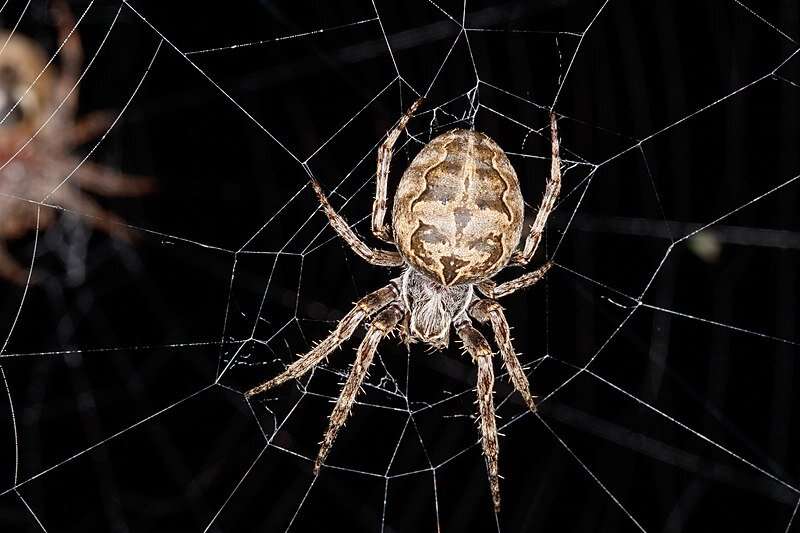
So why do spiders move in this unnatural, mechanical fashion? Well, it’s because they fundamentally move differently than we do. Arachnid locomotion actually makes use of the same force that powers a variety of mechanical instruments: hydraulics.
Hydraulics is the process whereby power is generated, controlled, and transmitted through the use of pressurized liquids. A basic way to understand it is to picture two liquid-filled cylinders, each topped with a piston and connected by a pipe. If you apply pressure to one piston by pushing it down, the force transferred through the liquid to the other piston, and this piston rises with the liquid. Dump trucks, skid loaders, and pumps are all man-made machines that operate on hydraulics.











